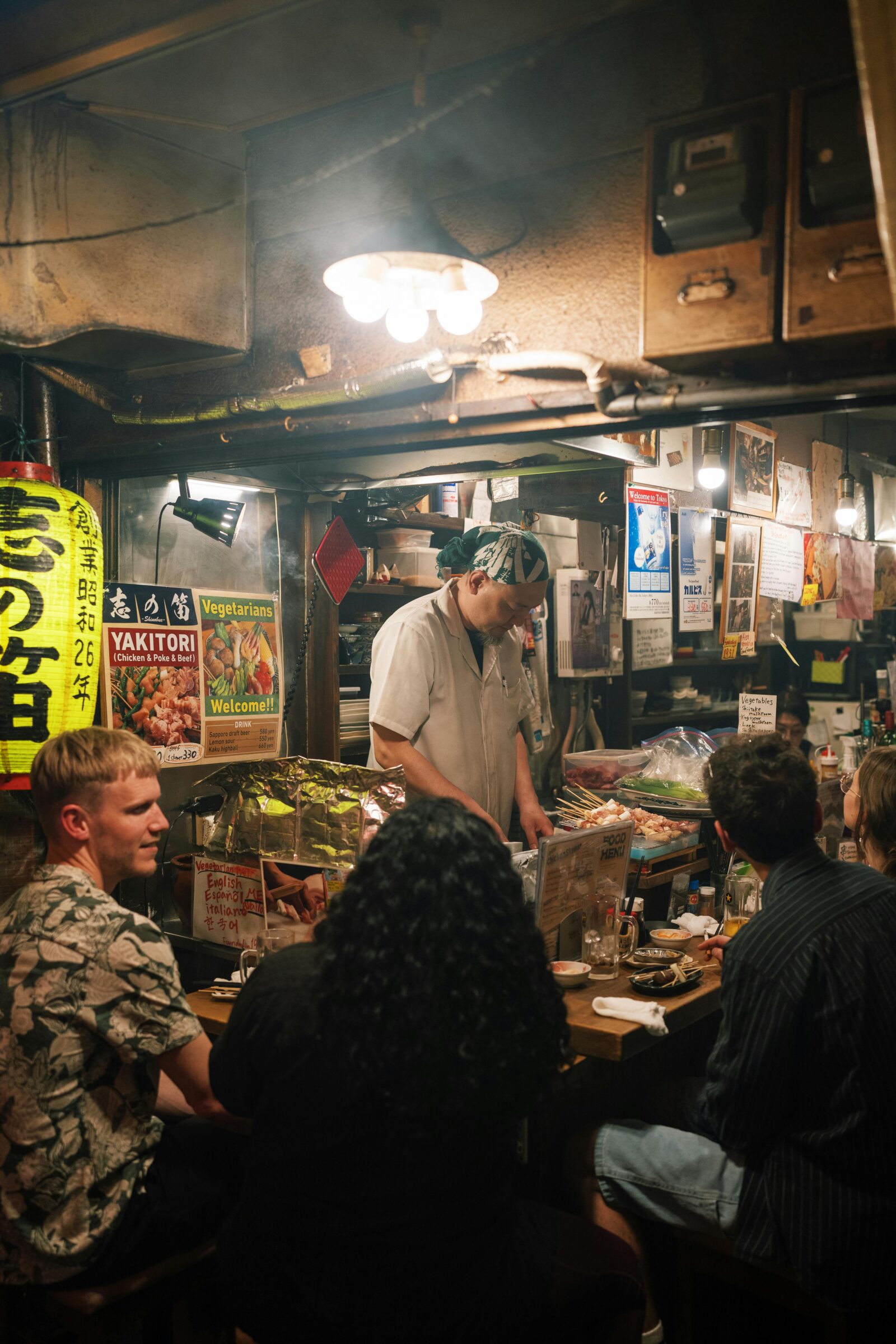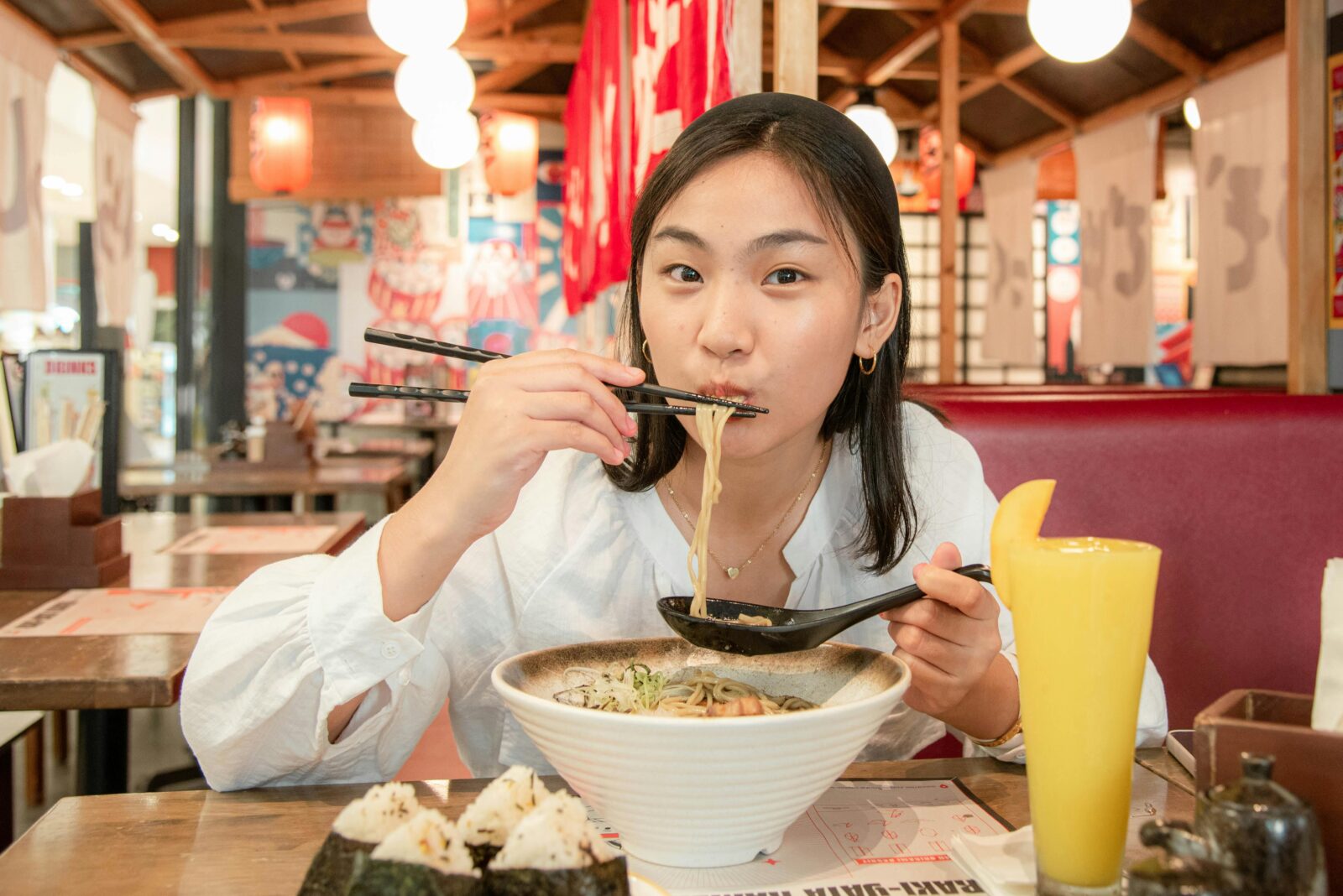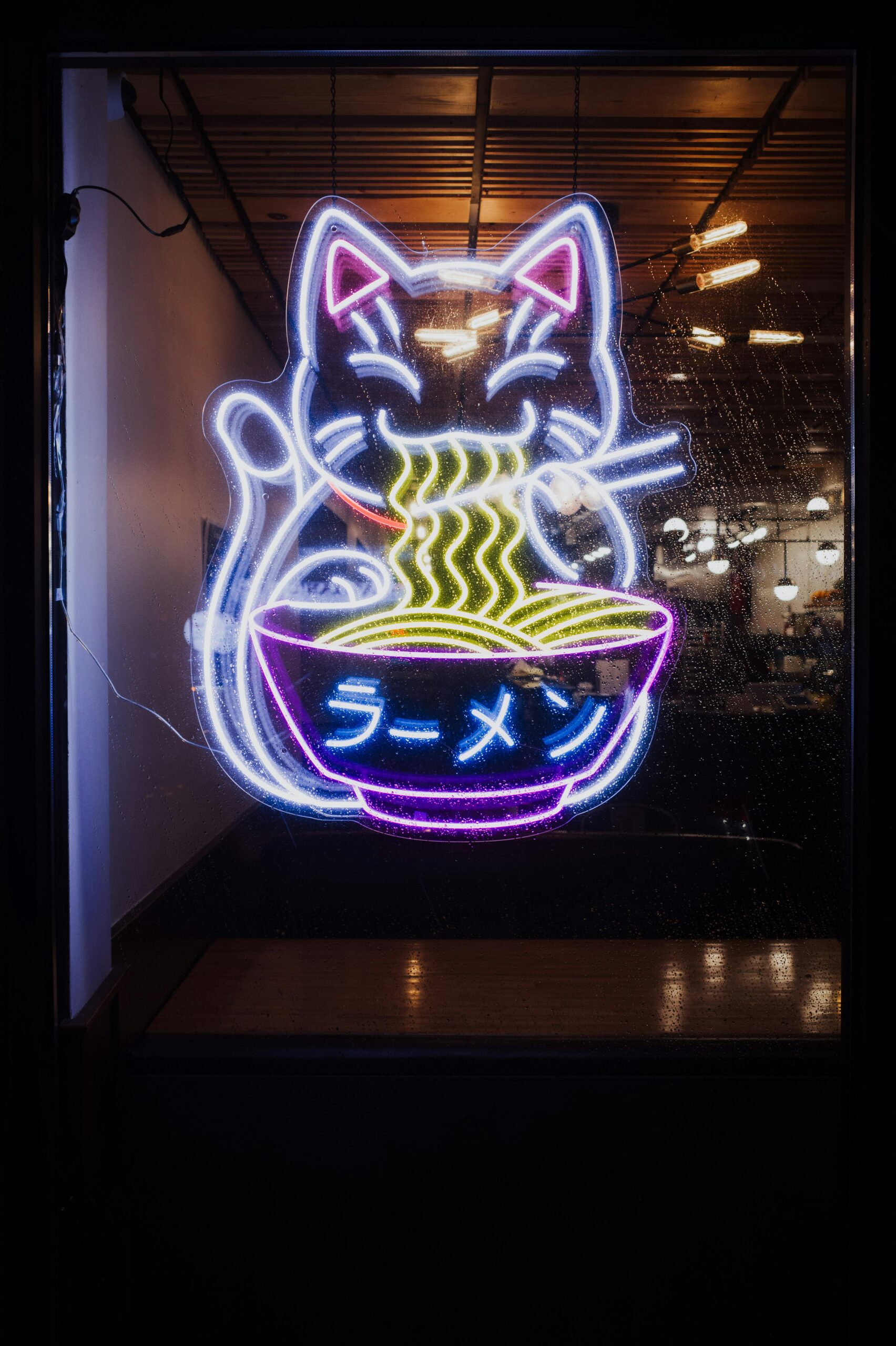Why Oishii Days
When I started this blog, I chose the name Oishii Days not only because Japan has amazing food (which it does!) but because I see oishii as a way of living. To me, an oishii day is a day you savor—whether that’s enjoying breakfast at a café in Gifu, hearing a new Japanese word I’ve learned, or sharing laughter with my family.
Of course, food is still at the heart of it. And learning the many ways Japanese people describe flavor is like learning the many ways they enjoy life itself. So today, let’s explore the language of deliciousness.

1. The Everyday Word: おいしい (Oishii)
This is the standard way to say “delicious” in Japanese. You’ll hear it everywhere: family dinners, restaurant reviews, cooking shows.
- Example: このケーキ、おいしいですね。
Kono kēki, oishii desu ne.
“This cake is delicious, isn’t it?”
It’s polite, versatile, and safe in almost every situation. I probably say it at least once a day—whether over a cup of miso soup or when my husband grills something simple at home.

2. The Casual Shout: うまい (Umai)
If oishii is gentle, umai is loud and full of energy. It’s casual and often used by men, but women say it too, especially when the flavor surprises them.
- Example: このラーメン、うまい!
Kono rāmen, umai!
“This ramen is awesome!”
Sometimes shortened to うまっ (Uma!), it’s the kind of word that slips out when you take a bite of yakitori at an izakaya and your taste buds light up. I remember the first time I said it naturally in front of my husband, and he laughed because it sounded like I’d finally crossed a little bridge into sounding more local.
3. Cute & Playful: おいちい (Oichii)
A childlike or affectionate way of saying oishii. You’ll hear it from kids, or from adults joking playfully.
- Example: よーし、おいちいね!
Yōshi, oichii ne!
“Yum, tasty!”
I don’t use this in daily conversation, but I love how it softens the atmosphere—it’s like savoring not just the food, but the cuteness of the moment.
4. Regional Flavor: でらうまい (Dera Umai)
In the Tokai region (which includes Gifu, where I live), locals add でら (dera), meaning “super” or “very.” So でらうまい = “super tasty.”
- Example: この飛騨牛、でらうまい!
Kono Hida-gyū, dera umai!
“This Hida beef is super delicious!”
I first heard this from friends at a festival. It felt warm, local, and authentic—like Gifu’s own way of celebrating flavor. It’s one of those small details that make language learning fun: realizing every region has its own way of savoring life.
5. Elegant Words: 絶品 (Zeppin) & ごちそう (Gochisou)
Sometimes “delicious” isn’t enough. Japanese has more refined words to express food as an experience.
- 絶品 (Zeppin) = “exquisite, superb.” Used for standout dishes. このプリンは絶品だ。
Kono purin wa zeppin da.
“This pudding is exquisite.” - ごちそう (Gochisou) = “feast, treat.” Often said after eating (ごちそうさまでした), but it also describes food that feels special. あのディナーは本当にごちそうだった。
Ano dinā wa hontō ni gochisō datta.
“That dinner was truly a treat.”
These are the kinds of words you’ll see in gourmet magazines or hear at more formal occasions. For me, they’re like verbal seasoning—turning a meal into a memory.
6. Expressing Nuance: Light, Rich, or Irresistible
Japanese doesn’t just stop at “delicious.” It also describes how something tastes:
- あっさりしてる (Assari shiteru) = Light, refreshing.
- このラーメン、あっさりしてる。 → “This ramen is light.”
- こってりしてる (Kotteri shiteru) = Rich, heavy, full-bodied.
- このスープはこってりしてる。 → “This soup is rich.”
- たまらない (Tamaranai) = Irresistible, too good to handle.
- このケーキはたまらない! → “This cake is irresistible!”
When I started noticing these words, I realized they’re not just vocabulary—they’re tools for mindfulness. They teach you to pay attention, to notice whether a dish is refreshing, rich, or overwhelming.
7. Everyday Life with Oishii
For me, the beauty of oishii is that it shows up everywhere.
- At a morning set café in Gifu, I’ll murmur oishii over a simple slice of toast.
- At home with my husband grilling meat, I’ll shout umai! without even thinking.
- Watching locals at festivals, I catch the dialect—dera umai—and feel connected to where I live.
- After a family dinner, we all say ごちそうさまでした, thanking the food, the cook, and the moment.
Living in Japan has taught me that oishii is not only about taste—it’s a way of pausing and appreciating the present.

Closing: Living Deliciously in Japan
On Oishii Days, I don’t want to just write about food. I want to capture the feeling of living life as if it’s something you can taste—slowly, mindfully, joyfully. Learning all the ways to say oishii in Japanese is part of that.
So whether you’re studying Japanese, traveling in Gifu, or just enjoying your own meals at home, try experimenting with these words. Say umai! when the flavor shocks you, zeppin when something feels special, or assari when you’re grateful for a lighter touch.
Each word is a way of tasting life. And that’s what Oishii Days is about—finding the delicious moments, in food and beyond.

